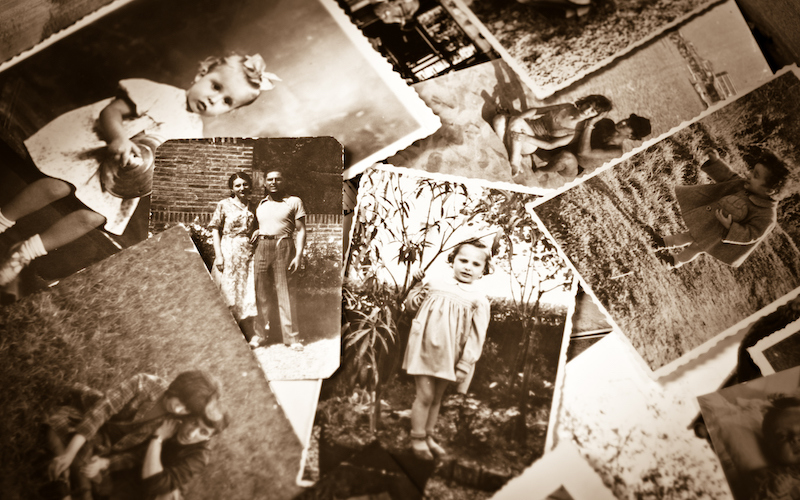
Our lives are full of photos! Everywhere you look, people are taking photos, looking at them on their phones, or sharing them on social media. But how do you keep track of all your photos? Have you ever stopped to think how many you have and where they all are? As we start a new year, how about making a resolution to start looking after your photos a little bit better?
In this article we share five tips on how to store your photos .
Stop and think for a minute. Where are all your photos? The answer is likely to be along the lines of “all over the place!”.
For example you may have albums of old photos handed down through generations of your family, and perhaps also photo albums from your own childhood. You may also have boxes of photographs – and even negatives (remember them?!) – in the attic or understairs cupboard or under the spare bed.
As for digital photos, there may be CDs of early digital photos, supplemented by photos on our computers in all kinds of formats – individual images, folders of images or in photo software applications or libraries.
And all that is even before you start adding the hundreds of smartphones into the mix.
So the first thing to do is to make a list of everywhere you have photos. Then you need to decide what to do with them all…
Once you’ve tracked down all your photos, what do you do next?
The key thing is to decide which photos you want to keep. You may view photos as precious and irreplaceable and don’t want to get rid of any of them. If this is a conscious decision, it’s fine, and you can now move onto the next Tip!
But you may realise that you have way too many photos and don’t really need them all. This particularly applies to digital photos that can mount up incredibly quickly.
So if you want to streamline your photos, it can be worth spending an afternoon or evening going through your various devices and deleting photos you don’t want or need, so that you end up with a smaller collection but perhaps better quality photos. It will then be easier to enjoy the photos you do have, rather than having to scroll through photo after photo that don’t really earn their keep.
To ensure that your photos are going to last for years, it is worth going through all your printed photos – particularly those old family albums – and digitising them so that they can be stored on a computer or other device as well as the printed copy.
There are four ways you could do this:
Use your phone to take a photo of each photo, and you now have a digital copy. The quality may not be as good as you would ideally like, but at least you will have a digital copy and it is very quick and easy to do.
There are a variety of apps around that enable you to scan in photos and edit them. Some examples include Photomyne, Microsoft Lens, Google Scan and Adobe Scan.
Most new models of printer also incorporate a scanner, or you could buy a separate scanner. You can also get speciality photo scanners which scan print images at a higher quality than a standard scanner, but are more expensive.
A professional scanning service will use state-of-the-art equipment to scan your old photos, and trained staff to do it all for you. Whilst you would need to pay for the service, it could save a lot of time and effort, so if you have a lot of old photos it is worth looking into. Check out specialist providers such as Vintage Photo Lab or High Street names such as Snappy Snaps and Asda.
Once you have all your photos digitised, the next step is to organise them all onto one device. Whether you use a photo library on that device or normal folders is completely up to you. The key thing is to organise them in a way that makes sense to you.
A few ways you may decide to organise your folder of photos are:
The key thing is to be able to identify the photos that you have and easily find any particular photo you are looking for.
We have just explored how to store your photos on one device, but it is also essential to have backup copies in case anything goes wrong with that device. Cloud storage is an excellent way of doing this.
You may already have enough Cloud storage if you use one of the well-known cloud storage suppliers such as Google, iCloud, MicrosoftOneDrive or DropBox. There are also a range of more specialised photo storage solutions. Check out:
Not all cloud photo storage services are free, but they will offer secure storage and a range of additional benefits such as photo editing and products. And, above all, peace of mind that your photos are safe. Most will also enable you to share your photos with family and friends.
We hope that the tips in this article have motivated you and given you a few ideas as to how to store your photos in 2023. And of course, when you unearth some lovely photos that you want to display in your home, look no further than stunning metal prints from Print Your Memory as the ideal way to do this!
Check back here soon for more photography guides from Print Your Memory.
______________________________________________________________________________________

Copyright 2025 © Print Your Memory. All rights Reserved.